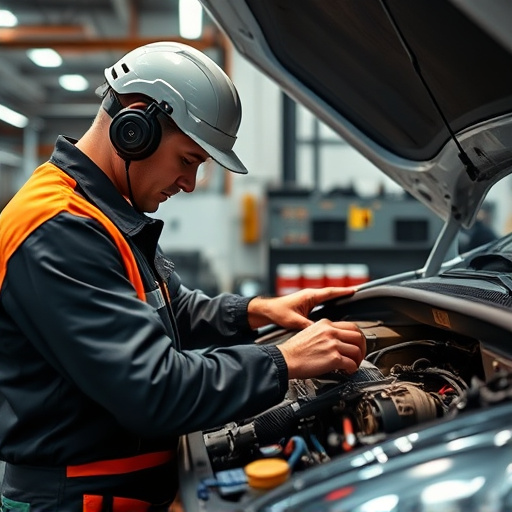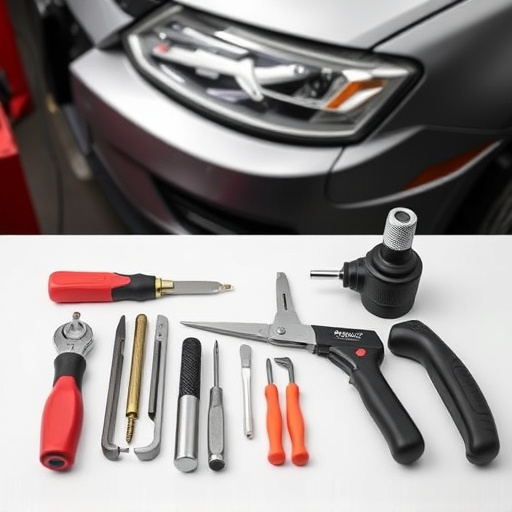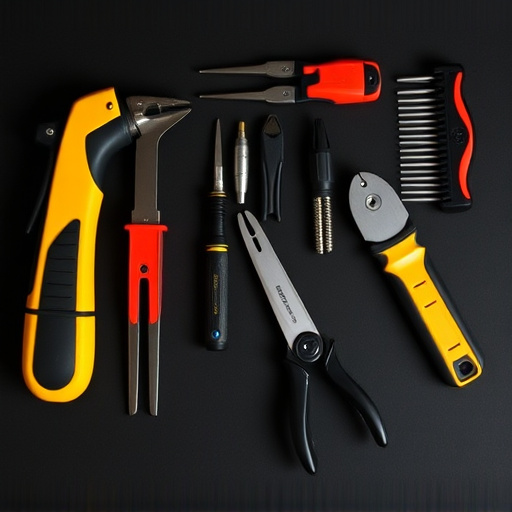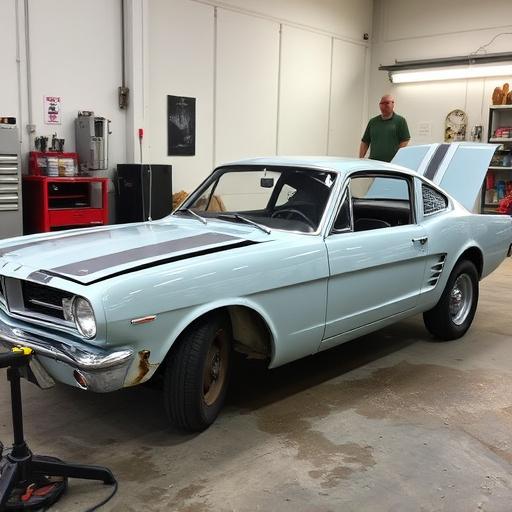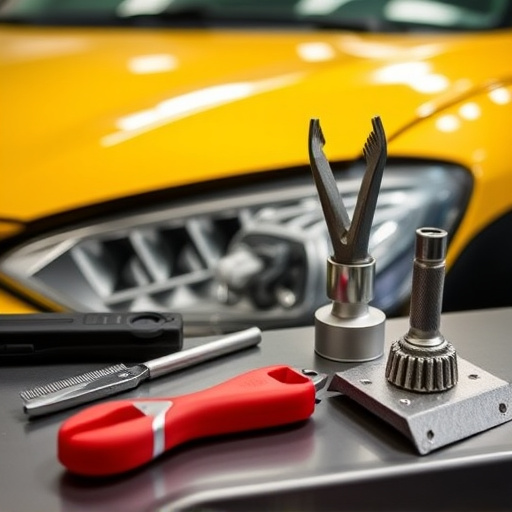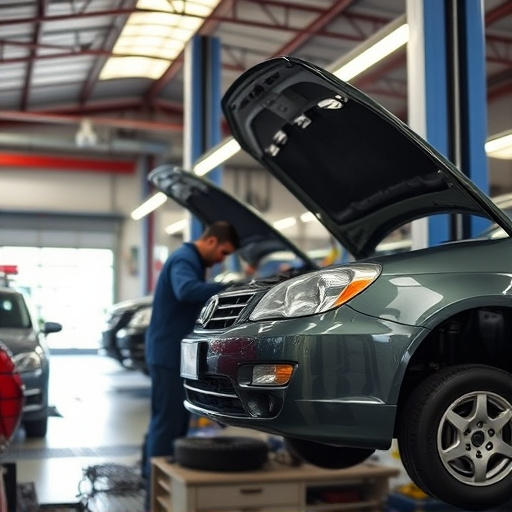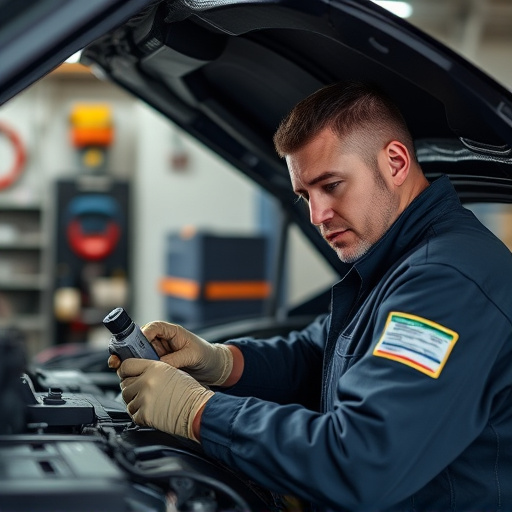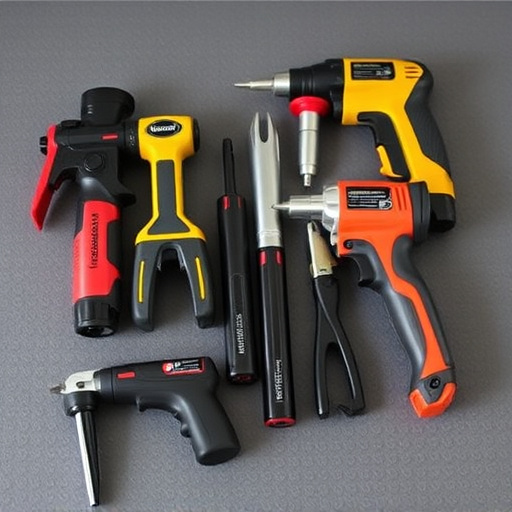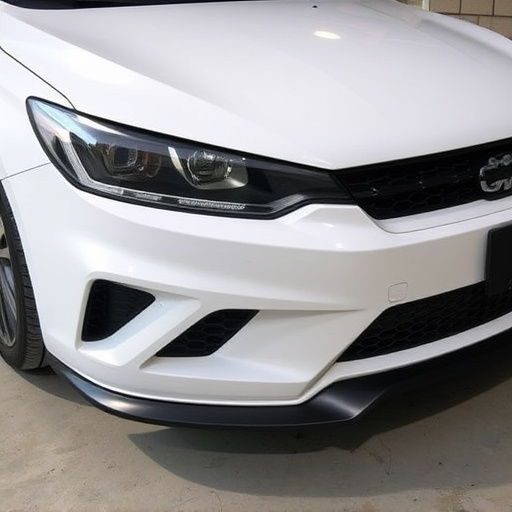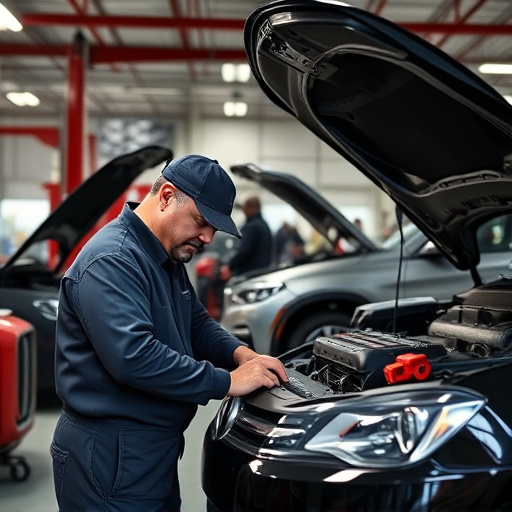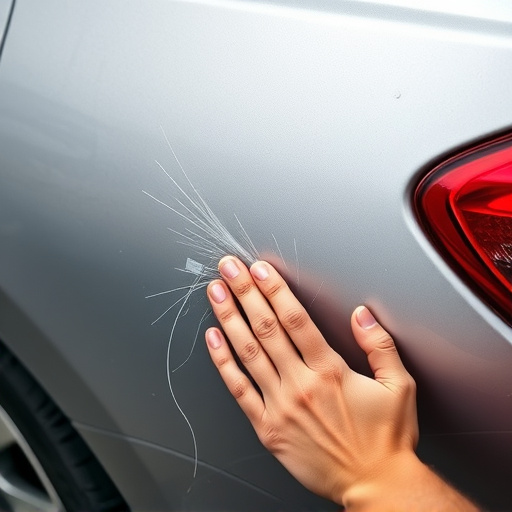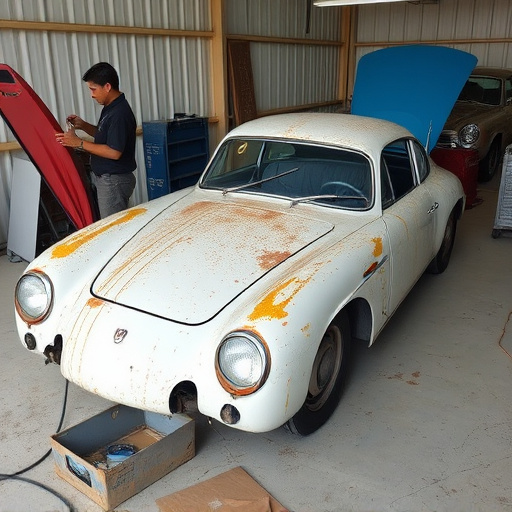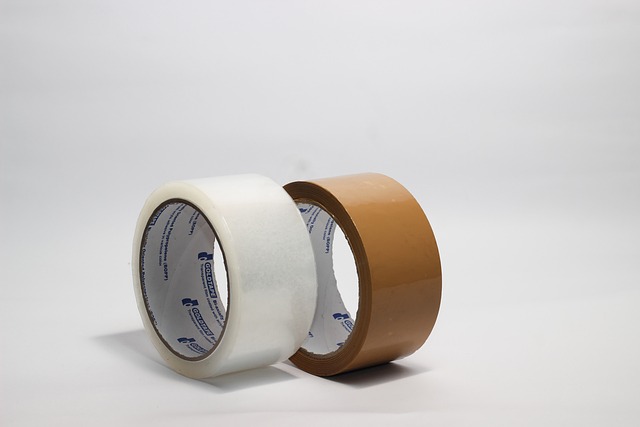The evolution of vehicle color matching technology has transformed repairs from a manual skill into a digital precision process. Advanced algorithms and tools capture original color nuances, ensuring superior, efficient, and cost-effective repairs for manufacturers and repair shops. This revolution enhances cosmetic appeal, longevity, and vehicle value, with precise matching crucial in dent repair and collision centers.
Vehicle color matching techniques have evolved significantly over time. From manual, imprecise methods of yesteryear to cutting-edge technologies today, the industry is witnessing a revolution in color accuracy and consistency. This article explores the evolution of vehicle color matching technology, highlighting advancements like computer-aided design, 3D printing, and real-time calibration. Furthermore, it delves into future prospects driven by AI and robotics, which promise to bring even greater precision to the painting process. Understanding these innovations is crucial for both industry professionals and enthusiasts interested in the intricacies of modern vehicle manufacturing.
- The Evolution of Vehicle Color Matching Technology
- – A brief history of color matching techniques
- – Early methods vs. modern advancements
The Evolution of Vehicle Color Matching Technology
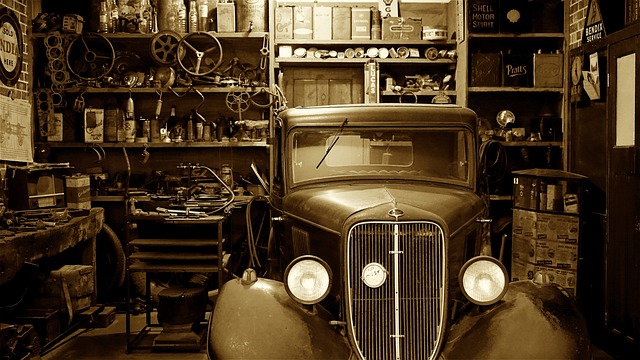
The evolution of vehicle color matching technology reflects a fascinating journey from basic manual techniques to highly advanced digital solutions. In the past, achieving precise color matches for car paint services and vehicle repair services was a laborious process, relying heavily on the skill and experience of skilled technicians. They would carefully mix pigments and adjust formulations to match the original shade, often an imprecise art. However, with advancements in technology, this process has transformed dramatically.
Today, advanced color-matching algorithms and sophisticated machinery play a pivotal role in ensuring perfect bumper repair and precise car paint services. These technologies use intricate scanning and measurement tools to capture and analyze every nuance of the original color, enabling them to reproduce it exactly. This evolution not only enhances the quality of repairs but also streamlines the process, making vehicle color matching more efficient and cost-effective for both auto manufacturers and repair shops.
– A brief history of color matching techniques
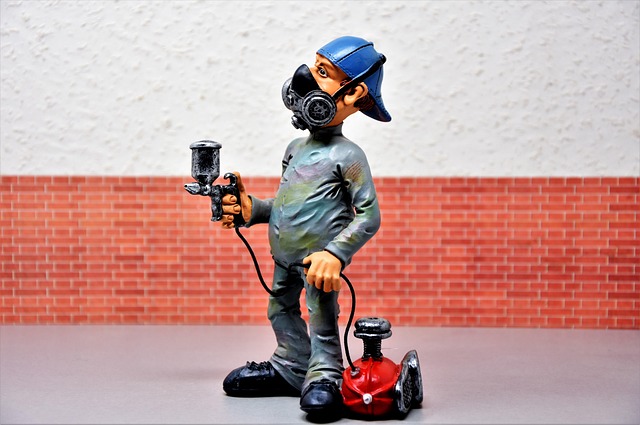
The art of vehicle color matching has evolved significantly over the years, driven by advancements in technology and a demand for precision. Historically, color matching was a labor-intensive process relying on expert human eye and experience. Auto dent repair professionals would carefully study reference samples and mix paints by hand to achieve the exact shade required. This method, while reliable, was time-consuming and prone to inconsistencies.
With advancements in computer technology, digital color matching systems began to emerge in the auto industry. These systems utilize sophisticated software algorithms to analyze and replicate colors with incredible accuracy. Today, even minor variations in vehicle color can be matched precisely, ensuring that repairs in car body shops are indistinguishable from the original finish. This level of precision not only enhances cosmetic appeal but also contributes to the overall longevity and value of a vehicle, making auto maintenance more effective than ever before.
– Early methods vs. modern advancements
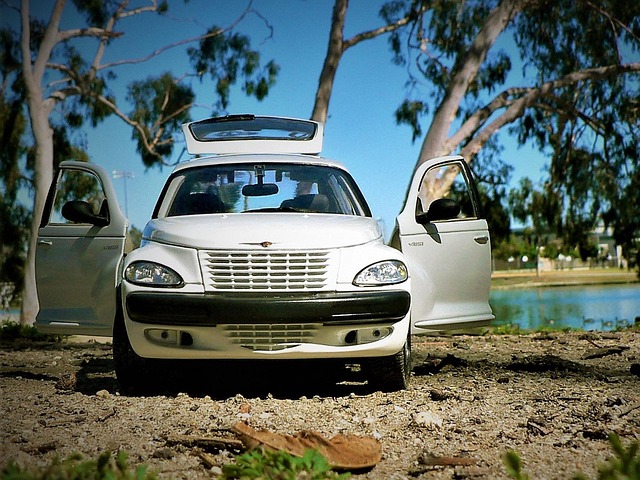
In the past, achieving precise vehicle color matching during repairs was a far more manual and time-consuming process. Early methods relied heavily on the expertise of skilled technicians who used their eyes to gauge color shades and then mix paints by hand. This approach, while painstakingly accurate for some, often resulted in variations due to human error or the limited range of available colors. However, with modern advancements in technology, vehicle color matching has seen a remarkable transformation.
Today, advanced tools and techniques, such as computer-aided design (CAD) software and spectrophotometers, have become integral parts of auto body work processes. These innovations allow technicians to input exact color codes, ensuring an exact match with the original vehicle’s paint. Moreover, modern advancements also include pre-mixed paint formulas and improved mixing systems, eliminating the need for manual mixing and reducing the potential for human error. This precision is particularly notable in auto dent repair and auto collision center settings, where restoring a car’s exterior to its original state is paramount.
In today’s advanced automotive industry, vehicle color matching techniques have evolved significantly. From the early days of manual mixing and rough estimations, technology has progressed to sophisticated digital systems that employ AI and precise sensors. These modern advancements ensure not just accurate color reproduction but also a seamless finishing touch for every vehicle, enhancing overall quality and customer satisfaction. As we look ahead, further refinements in color matching techniques promise to bring even more precision and efficiency to the automotive manufacturing process.
